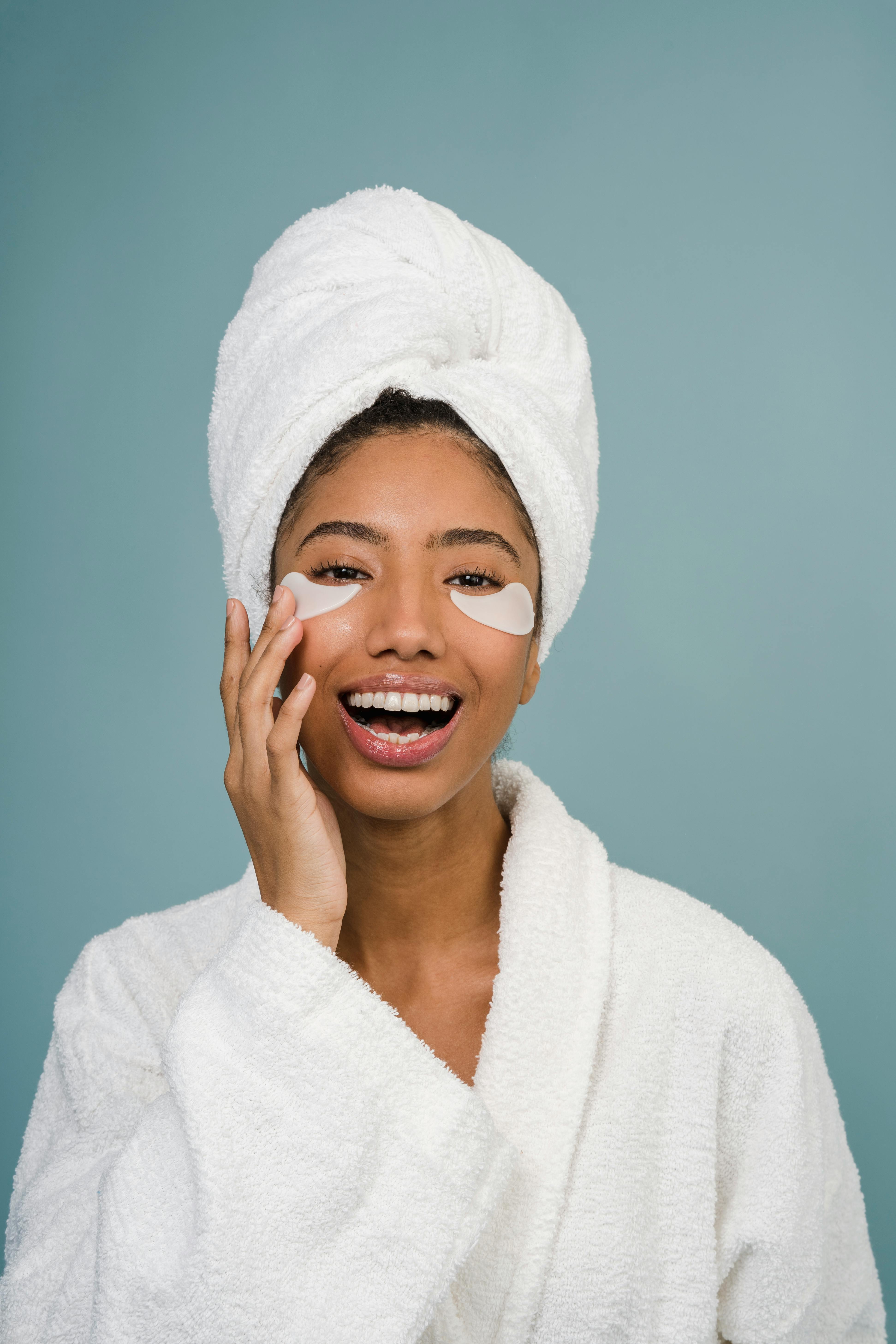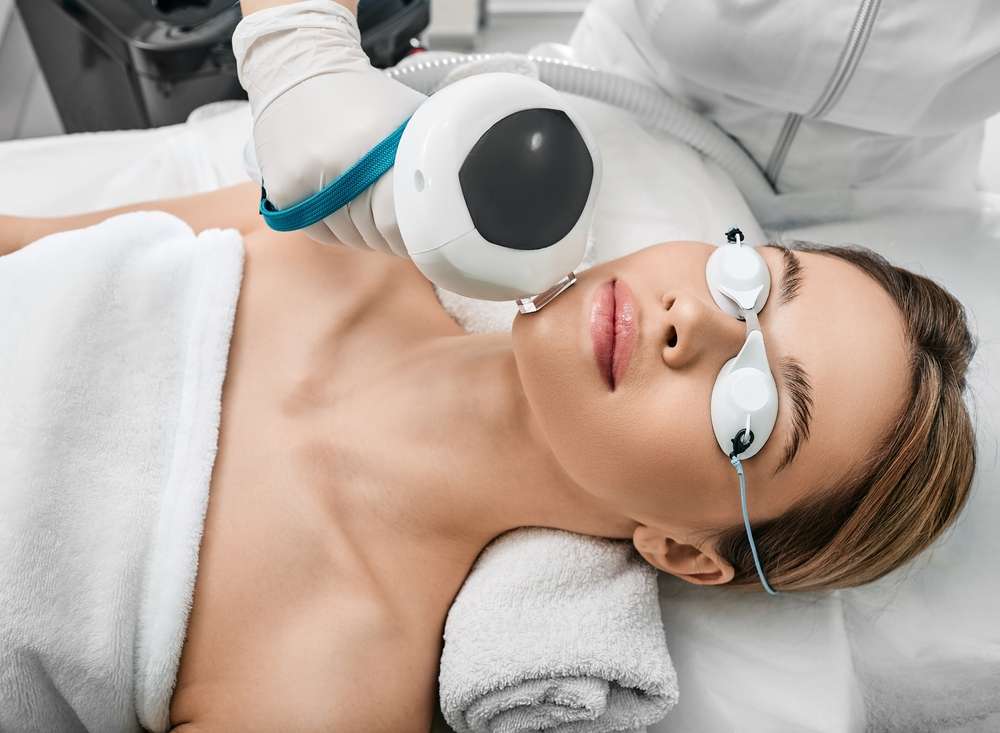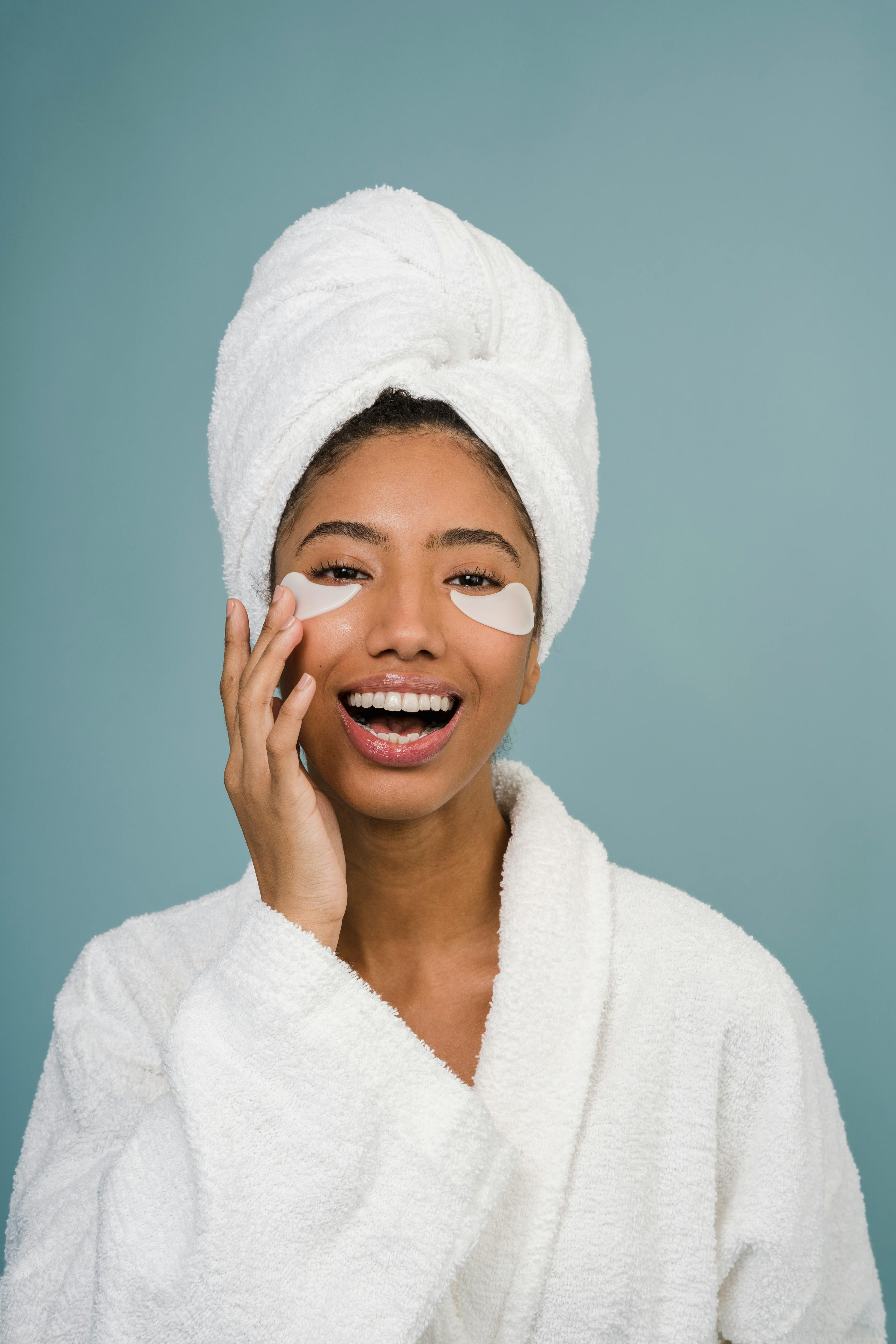Unveiling the Truth about Eye Bags: Causes and Remedies
The human skin is an incredibly remarkable organ. Its ability to stretch, heal, and protect internal organs is nothing short of miraculous. However, like any other part of the body, the skin is not immune to the effects of aging, environmental factors, and lifestyle choices. One of the most common skin issues that people face as they age is the formation of bags under the eyes. While they are typically harmless, eye bags can be a source of cosmetic concern for many.

Understanding Eye Bags: The Science Behind
The skin under our eyes is thinner than the skin on the rest of our bodies. With age, this thin skin becomes even thinner, making the blood vessels beneath it more visible and giving the appearance of dark circles or bags. They can also be caused by fluid retention, lack of sleep, allergies, and certain lifestyle habits such as smoking and drinking alcohol.
In a medical context, eye bags are harmless and do not indicate any underlying health condition. However, they are often perceived as a sign of aging or fatigue and can cause distress to those who have them, impacting their self-esteem and confidence.
The Historical Perception of Eye Bags
Throughout history, the appearance and condition of one’s skin have been a significant aspect of beauty standards across cultures. In many societies, clear, smooth skin has been considered a symbol of youth and vitality. As such, eye bags have often been seen as undesirable, an indication of age, exhaustion, or ill health.
However, the perceptions of eye bags have not always been negative. In some cultures, they were seen as a sign of wisdom and life experience. In recent years, there has been a growing trend in South Korea, where “aegyo sal” or “eye smiles” are considered attractive. This trend involves accentuating the fatty deposits beneath the eyes, which is the opposite of the western beauty standard that perceives eye bags negatively.
Eye Bags in the Spotlight: The Modern Attitude
In today’s society, the focus on maintaining a youthful appearance has led to a booming industry of skincare products and treatments aimed at reducing the appearance of eye bags. Everything from eye creams and serums to surgical procedures are available for those seeking to minimize their under-eye circles.
In addition, the rise of social media and selfie culture has put more emphasis on physical appearance, thereby increasing the demand for effective treatments for skin issues like eye bags. Celebrities and influencers often promote various products and treatments, further driving this trend.
Remedies for Eye Bags: Exploring the Options
The market is flooded with various products and treatments promising to reduce or eliminate the appearance of eye bags. Over-the-counter creams and serums containing ingredients like retinol, vitamin C, and caffeine can help to tighten the skin and reduce puffiness.
For those seeking more drastic solutions, cosmetic procedures such as fillers and surgery are also available. These treatments can provide faster results but come with their own risks and side effects.
Natural remedies are also popular, with many people swearing by the effectiveness of cucumber slices, tea bags, and cold compresses in reducing under-eye puffiness.
The Future of Eye Bag Treatment: Innovation and Advances
The skincare industry is constantly evolving, and new treatments for eye bags are being developed all the time. One promising area of research is the use of stem cells in skincare. Some scientists believe that stem cells may have the potential to regenerate the skin and reduce the appearance of aging, including eye bags.
Moreover, advances in technology are also leading to new, non-invasive treatments. For instance, radiofrequency and laser treatments are increasingly being used for cosmetic purposes, including the reduction of under-eye circles and bags.
In conclusion, while eye bags are a common part of aging, there are many ways to manage them. From creams and serums to surgical procedures, the choice of treatment depends on personal preference, budget, and tolerance for risk. Regardless of the method chosen, it’s crucial to remember that everyone’s skin is unique and what works for one person may not work for another. Therefore, it’s always best to consult with a skincare professional before starting any new treatment regimen.




